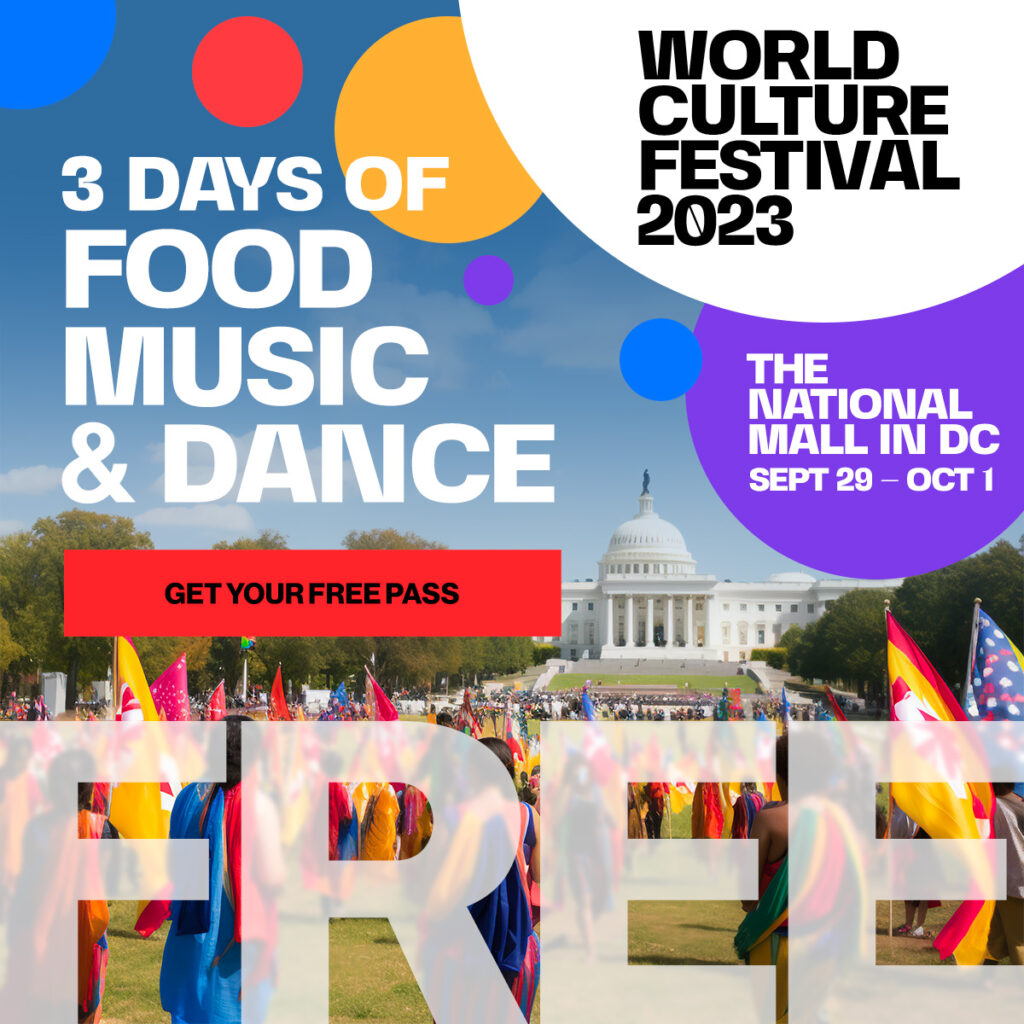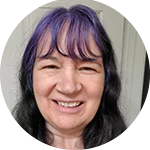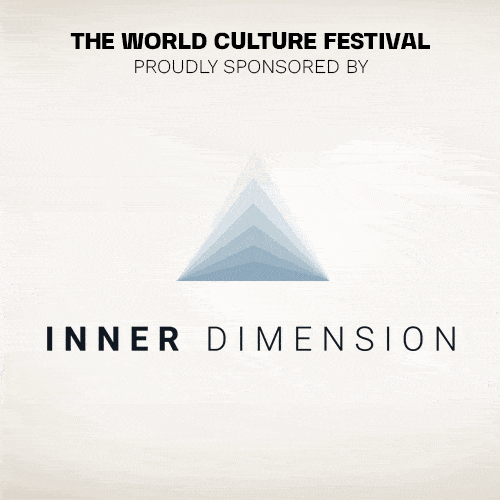The National Mall in Washington, D.C., is the perfect location for the World Culture Festival. Washington, D.C., has a rich history, especially related to the National Mall. Read on to learn what makes this location so special.
In the beginning
In 1791, President George Washington hired Pierre Charles L’Enfant to design the layout of the federal city. L’Enfant concentrated on the space between Tiber Creek, now Constitution Avenue, and the Eastern Branch, also known as the Anacostia River. L’Enfant surveyed the area in the spring of 1791 and created a plan for the city by the end of the year. The plan decided where to put the Capitol and the President’s House, which is now called the White House. It also suggested making a public promenade from the Capitol to the Potomac River. That area is now known as the National Mall.
This national promenade has become a place where people have gathered to have their voices heard and raise the greater consciousness of our nation.
A gathering place for change

National March on Washington for Jobs and Freedom (1963)
This is one of the most important civil rights events to ever take place at the National Mall. The “I Have a Dream” speech by Dr. Martin Luther King Jr. took place at the Mall on August 28, 1963. Approximately 250,000 people marched on the Mall for social and economic equality.
Dr. King’s speech continues to be one of the most famous speeches in history. His speech is credited with helping to pass the 1964 Civil Rights Act. The Act prohibits discrimination based on race, color, religion, sex, or national origin. Here is one small quote from his “I Have a Dream” speech:
“I have a dream that my four little children will one day live in a nation where they will not be judged by the color of their skin, but by the content of their character.”
To read the full transcript of his speech, click here.
Moratorium to End the War in Vietnam (1969)
In October 1969, people around the world protested against the Vietnam War. It was called the Moratorium to End the War in Vietnam. Mrs. Martin Luther King Jr. spoke at the Sylvan Theater on October 15th. A candlelit procession then led to a silent vigil at the White House.
A month later, on November 15, about 500,000 people came together in Washington, D.C., for anti-war events. Protesters were in all parts of the city, including on the National Mall. Pete Seeger, a folk singer and activist, led a big group in singing protest songs by the Washington Monument. During the March Against Death, protesters walked by the White House. They said out loud the names of American soldiers who died in Vietnam. They often mentioned a family member.
National March on Washington for Lesbian and Gay Rights (1979)

Around 100,000 people, including gay, lesbian, bisexual, transgender individuals, and straight allies, attended the National March on Washington for Lesbian and Gay Rights. They were all marching together to fight for equal civil rights. The event planning began in 1973 but was delayed after Harvey Milk’s assassination in 1978. The organizers chose 1979 for the march. It was to honor the 10th anniversary of the Stonewall Riots.
First National Menorah Lighting (1979)
President Jimmy Carter walked from the White House to Lafayette Park in 1979. He lit the first public Menorah near the Mall on the first night of Hanukkah. It was first called the National Menorah by President Ronald Reagan in 1982. The Menorah stayed in Lafayette Square until 1987. Then it moved to its current spot on the Ellipse. The President or a member of their administration always lights the National Menorah.
AIDS Quilt displayed on the National Mall (1987)
In 1985, Cleve Jones, a gay rights activist from San Francisco, and his friends came up with the idea for the AIDS Memorial quilt. They put together a memorial by writing the names of lost loved ones on paper placards. They were inspired by the project, so they started the NAMES Project Foundation. The foundation aimed to create a lasting memorial using textile arts.
A group of volunteers laid out The AIDS Memorial Quilt on the National Mall on October 11, 1987. It consisted of 1,920 quilted panels.
This event made many people aware and inspired some Girl Scouts to make AIDS quilts for babies.
Families and friends still make quilt panels to honor loved ones who died from AIDS.
Million Man March (1995)
The Million Man March, a political demonstration in Washington, D.C., took place on October 16, 1995. The goal was to promote African-American unity and family values. The crowd was mostly African-American men. Estimates ranged from 400,000 to nearly 1.1 million. It was one of the largest gatherings of its kind in American history.
Speakers included the controversial leader of the Nation of Islam, Louis Farrakhan, Reverend Jesse Jackson, civil rights activist Rosa Parks, and American poet Maya Angelou.
World Culture Festival (2023)

Get ready for history to be made at the National Mall during the World Culture Festival (WCF) from September 29th to October 1st, 2023! WCF is brought to you by the Art of Living Foundation and its visionary humanitarian and spiritual leader, Gurudev Sri Sri Ravi Shankar.
WCF promises to be the celebration of the decade with many record-breaking performances, as well as some surprises! Here is a glimpse of what is expected.
Hundreds of thousands already have their free passes. Who knows where the counter will land?
The reception committee consists of H.E. Ban Ki Moon, the 8th Secretary-General of the United Nations, who is from South Korea. It also includes several presidents, prime ministers, senators, and congress members.
17,000+ global artists from all cultural traditions
- 1,000+ Guitar Ensemble
- 1,000+ Gospel Choir
- 200+ Latin American Dancers
- 200+ Hip Hop Performers
- 10,000+ Garba Dancers
- 1,000+ Indian Classical Performers
- 100+ Native American Dancers
- 250+ African Musicians and Artists
- 100+ Middle Eastern Dancers
- 1,000+ Chinese Cultural Artists
- 200+ Ukrainian Performers
- 300+ Bulgarian Folk Dancers
- 100+ Irish Step Dancers
- 150+ Afghan Musicians and Dervishes
During the day, you can participate in Morning Yoga for Blissful Life, Mindful Oasis, Global Village, and Acoustic Avenue.
There will also be a food truck bonanza featuring food from all over the world.
Decades from now, fortunate attendees will boast about being present for this life-changing event. Make sure you have your pass!

To learn even more about the history behind the National Mall, explore interactive maps, and learn about past events and the people associated with the National Mall, visit https://mallhistory.org/



